Introduction: The Trommel Screen uses a rotating screen to screen, which is suitable for processing large-volume, multi-specification materials, and has good adaptability to wet and sticky materials. It has a simple structure and is easy to maintain, but the screening accuracy is relatively low. The vibrating screen uses the exciting force generated by the vibrating motor to screen, with high screening accuracy, and the vibration frequency and amplitude can be adjusted as needed. It has a compact structure, small footprint, and is easy to install and move. The vibrating screen is suitable for a variety of industries, can quickly classify materials, improve screening efficiency, and is especially suitable for processing large quantities of materials. However, the vibrating screen may encounter blocking problems when processing wet and sticky materials.
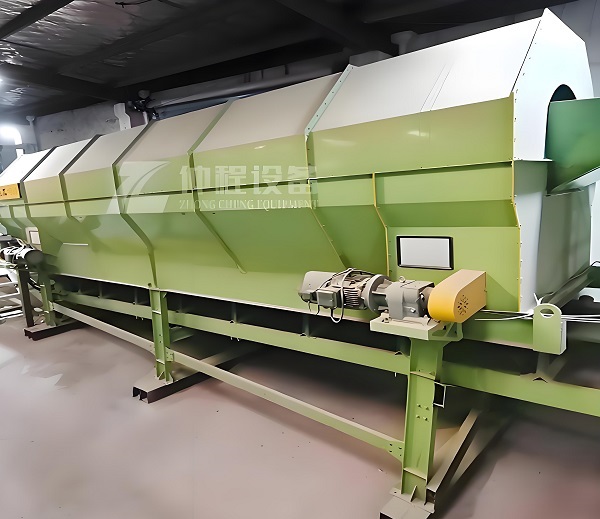
Trommel Screen
The characteristics of the Trommel Screen and the vibrating screen are different. The following is an overview of the characteristics of the two:
A. The characteristics of the Trommel Screen include:
1. Simple structure: It consists of several basic components and is easy to install and maintain.
2. High screening efficiency: Through the rotation of the drum and the flipping and migration of the material, a large amount of material can be screened in a short time.
3. Wide range of application: It is suitable for processing materials of various properties, including wet and sticky materials.
4. Flexible particle size adjustment: The product particle size can be adjusted by replacing the screen.
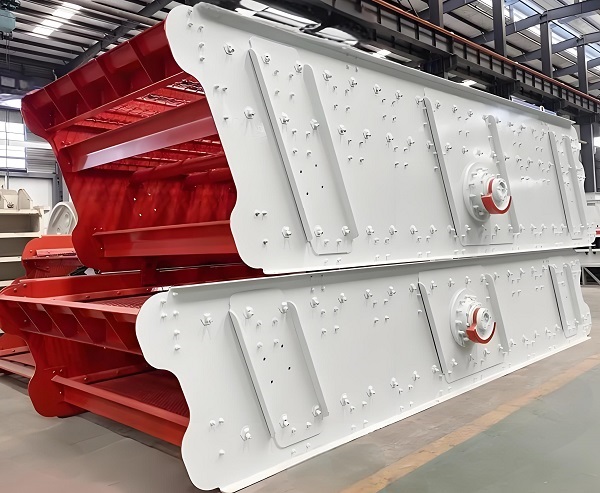
Vibrating Screen
B. The characteristics of the vibrating screen include:
1. Compact structure: small footprint, small installation space required.
2. Low energy consumption: driven by a vibration motor, low energy consumption.
3. High screening accuracy: high-precision screening can be achieved by adjusting the exciting force and screen specifications.
4. In practical applications, the appropriate screening equipment should be selected based on factors such as material properties, production requirements, installation site and energy costs.
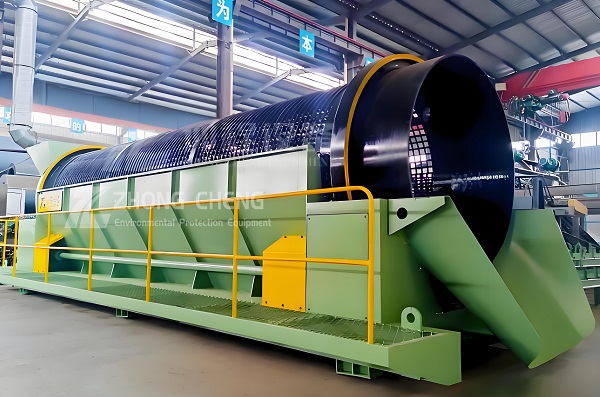
Trommel Screen
C. Working principle of Trommel Screen:
When the material enters the drum device, the material on the screen surface flips and rolls due to the tilt and rotation of the drum device, so that the qualified material (screened product) is discharged through the screen of the outer circle of the drum, and the unqualified material (screened product) is discharged through the end of the drum. Due to the flipping and rolling of the material in the drum, the material stuck in the screen hole can be ejected to prevent the screen hole from being blocked. The principle and structure of the drum sand screen, Trommel Screening machine and Trommel Screen are almost the same, but there are differences in people's understanding and name of it.
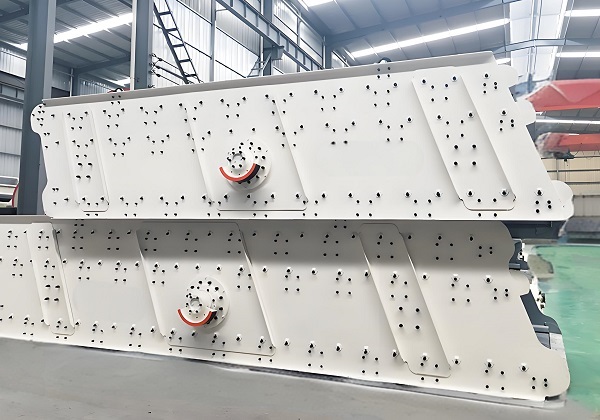
Vibrating Screen
D. Working principle of vibrating screen:
The vibrating screen works by using the reciprocating vibration generated by the vibrator excitation. The upper rotating hammer of the vibrator causes the screen surface to produce a plane gyration vibration, while the lower rotating hammer causes the screen surface to produce a conical gyration vibration. The combined effect causes the screen surface to produce a complex gyration vibration. Its vibration trajectory is a complex space curve. The curve is projected as a circle on the horizontal plane and an ellipse on the vertical plane. The amplitude can be changed by adjusting the exciting force of the upper and lower rotating hammers. Adjusting the spatial phase angle of the upper and lower hammers can change the curve shape of the screen surface motion trajectory and change the motion trajectory of the material on the screen surface.
Vibrating screens are often used to subdivide the coarseness and fineness of materials, among which the most commonly used are Trommel Screens and vibrating screens. So which vibrating screen is more convenient to use?
E. Advantage comparison:
1. The Trommel Screen has a high screening rate, which is particularly suitable for the screening of sticky and wet materials, and the screen holes are not easy to be blocked. Therefore, it is widely used in the screening and grading of raw coal, sand, gravel and other materials in the power, mining, metallurgy, building materials, chemical and other industries. Widely used in raw coal grading.
2. The vibrating screen is mainly used to grade materials with a particle size greater than 50mm. Since the vibration trajectory of the circular vibrating screen is circular or approximately circular, the material can be continuously turned and loosened. The material stuck in the screen hole is driven out, which has the advantages of preventing the screen hole from being blocked, high screening efficiency, and adjustable processing capacity. The vibrating screen is mainly composed of a screen box, an exciter, a suspension (or support) device and an electric motor. The motor drives the exciter main shaft to rotate through a V-belt. Due to the centrifugal inertia force of the unbalanced weight on the exciter, the screen box vibrates. By changing the eccentric weight of the exciter, different amplitudes can be obtained.
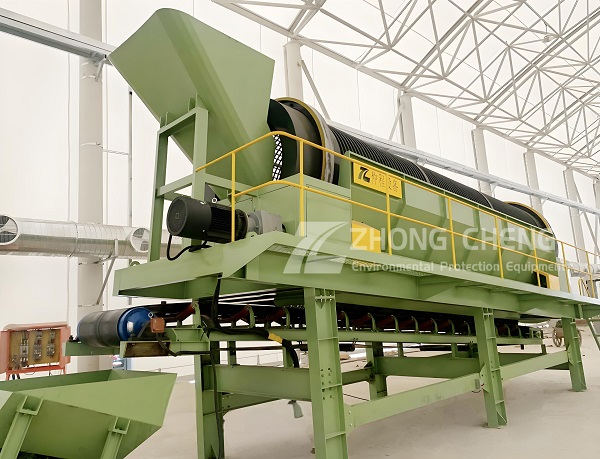
Trommel Screen
F. Disadvantage comparison:
1. The main disadvantage of the Trommel Screen is the screening output and particle size. The output of the Trommel Screen is generally not as large as that of the mining vibrating screen. The reason is that the feed particle size cannot be too large.
2. The main disadvantage of mining vibrating screens is the screening particle size. The screening efficiency for small particles and wet materials is low, and the screening of small fine materials is not as good as the Trommel Screen.
PS: The Trommel Screen and the vibrating screen each have their own advantages. The choice of which equipment should be determined according to the specific material characteristics and production needs.
Save Time! Get A Detailed Quotation Quickly.
